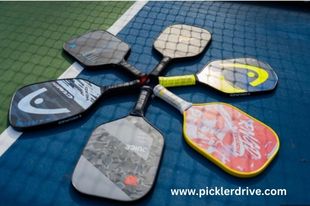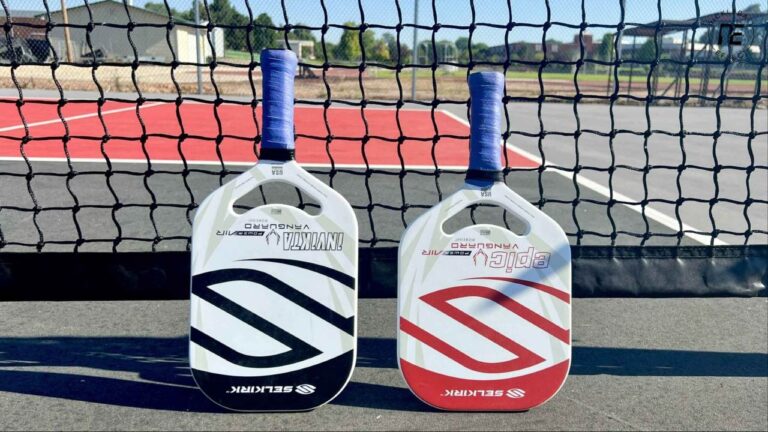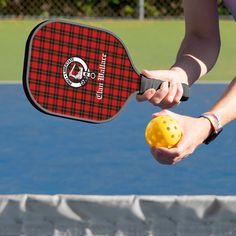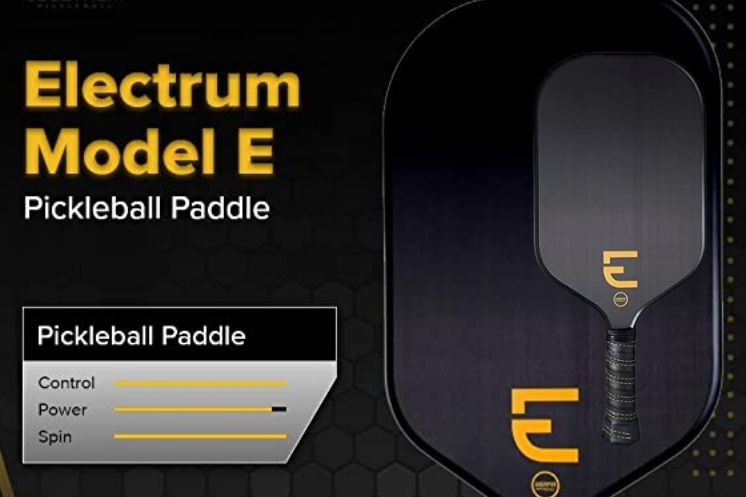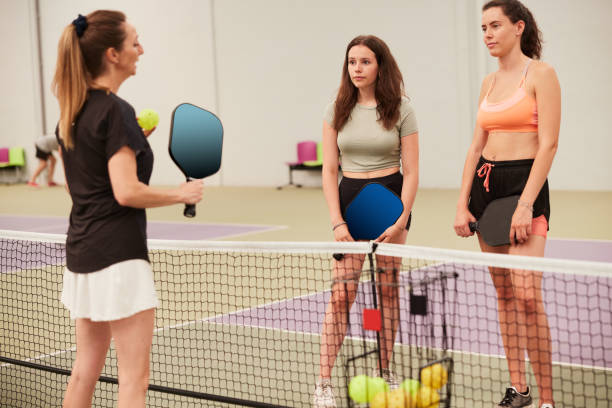Pickleball paddles can easily lose their “pop” or efficiency over time. This is commonly referred to as the paddle gone to “dead.” Here is a guide on how to tell if your pickleball paddle is alive, and what you can do about it.
How To Tell If A Pickleball Paddle Is Dead?

Pickleball is a fast-paced and exciting sport that needs the right kind of equipment to play. One of the most important pieces of equipment to use is the paddle. A pickleball paddle is a tool that players use to hit the ball back and forth across the net against the opponent. It is an essential component in the game and it is important to make sure that it is in a better condition. One way to check the condition of your paddle is to check if it is “dead”. A dead paddle does not have the same level of power and control as it is in a new paddle. In this article, we will discuss how to tell if your pickleball paddle is dead, and what you can do to fix it all.
Signs of a pickleball paddle that seems to be dead
Several signs show that a paddle is dead. The first sign is a lack of power. A dead paddle will not hit the ball with the same force as a new paddle but it is not worth it. This can make it difficult to hit the ball over the net or to return the ball with enough force to put pressure on the opposing team.
Another sign of a dead paddle is a lack of gripping control. A dead paddle will not have the same level of control as a new paddle. This can make it difficult to place the ball exactly where you want it on the court. This can be especially very frustrating when trying to return a drop shot or hitting a dink shot.
A third sign of a dead paddle is a lack of spinning. A dead paddle will not be able to generate the same amount of spin as a new paddle. This can make it difficult to hit shots with a lot of spins, such as topspin or backspin.
Causes that make a pickleball paddle dead
There are several causes of a dead paddle. The first cause is wear and tear. A paddle that is used frequently will naturally start to wear down. This can be especially true for paddles that are used on harder surfaces like concrete or asphalt.
Another cause of a dead paddle is that is exposed to moisture. A paddle that is exposed to moisture, such as rain or humidity, can start to lose its power and control. This can happen if a paddle is left outside in the open air or if it is not properly stored.
A third cause of a dead paddle is improper storage. A paddle that is stored in a damp or humid area can start to lose its power and control. This can happen if a paddle is stored in a basement or garage that is not climate-controlled.
How to make sure your pickleball paddle is dead
- Try swapping paddles with a friend or colleague
- Try hitting the ball at several speeds and with different spinning styles
- Compare your paddle to a brand-new one
What to do if your pickleball paddle has gone dead
If your paddle is dead, there are different steps you can do to fix it. The first thing you can do is to reconstruct it. Resurfacing a paddle involves sanding down the surface of the paddle to remove any rough spots or imperfections. This can help to restore some of the power and control that the paddle has lost.
Another thing you can do to fix a dead paddle is to make revised repairs. This can include fixing any cracks or chips in the paddle. Repairs can also include replacing the grip or the handle.
You can also replace the grip on a dead paddle. A worn grip can cause a
When it comes to playing pickleball, one of the very important things to consider is the state of your paddle. A “dead” paddle has lost its ability to generate power and control on the court. This can happen for several reasons, including wear and tear from regular use, exposure to the elements, or even bad maintenance.
So, how can you tell if your paddle is dead? Here are a few signs to look for:
- Lack of power: If you find yourself struggling to generate power while playing big shots, this could be a sign that your paddle is dead. A dead paddle will typically feel heavier and less responsive than a well-maintained one.
- Poor control: Another sign of a dead paddle is bad control. If you find yourself struggling to place your shots where you want them to go while playing, this could be a state that your paddle is no longer able to produce the spin and control you need to play your best.
- Loss of pop: A good pickleball paddle should have a good “pop” to it, meaning that it should produce a satisfying sound when it strikes the ball. If your paddle does not longer makes this sound, it could be a sign that it is dead.
- Cracks or chips: Visual inspection of your paddle can also assist you to tell if it’s dead. Look for any cracks or chips in the surface of the paddle. These can be caused by regular use or exposure to the elements and can weaken the paddle’s overall structure.
- Worn-out grip: A worn-out grip can also be a sign that your paddle is dead, as it will make it harder to hold and control the paddle effectively.
Precautionary Measures
- Regularly examine for signs of a dead pickleball paddle
- Proper maintenance and storage can lengthen the life of your paddle
Table
| Signs of a dead pickleball paddle | Possible causes |
|---|---|
| Lack of power when hitting | Age and wear and tear |
| Difficulty generating spin | Exposure to water and humidity |
| Reduced control at the net | Poor maintenance |
States
- A dead pickleball paddle has lost its hitting power and ability to generate spin.
- The most common signs of a dead pickleball paddle are a reduction of power when hitting, difficulty generating spin, and decreased control of the net.
- The causes of a dead pickleball paddle can be long age and wear and tear, exposure to water and humidity, or poor maintenance.
- To determine if your pickleball paddle is dead, try exchanging paddles with a friend, try hitting the ball at different types of speeds and with a different spin, or compare your paddle to a new one.
- If your pickleball paddle is dead, you can change the grip, add lead tape to the paddle, or replace the paddle entirely.
- Regularly check for signs of a dead pickleball paddle and proper maintenance and storage can prolong the life of your paddle.
You can customize your pickleball paddle by adding a different texture to it. This can be done by using sandpaper, grip tape, or a rubber-textured sheet. When you add a new texture to your paddle, you will have a strong grip on the paddle and you will have more control over the paddle. Adding texture to your paddle can also make it look more customized, unique, and personal.
When making a swing of your pickleball paddle, you should use your complete body. You should use your legs, hips, shoulders, and arms to generate power. You should also use your wrist to generate spin on the ball.
When you paint your pickleball paddle, you should first make sure that the paddle is clean and free of any dirt or debris free. You should then use a paint that is specifically designed for use on sports equipment. You should apply the paint in thin layers, even coats, and make sure that you are in a well-ventilated area. Once the paint is thoroughly dry, you should add a clear clean coat to protect the paint and make it more durable.
Frequently Ask Question
Conclusion
If you notice any of these signs, it may be time to get a new paddle. However, if the damage is very less, you can try to fix it with a simple repair such as adding a new grip or adding some lead tape to the paddle. But if the damage is serious, it is always best to invest in a new paddle to ensure that you have the best possible performance on the court.

